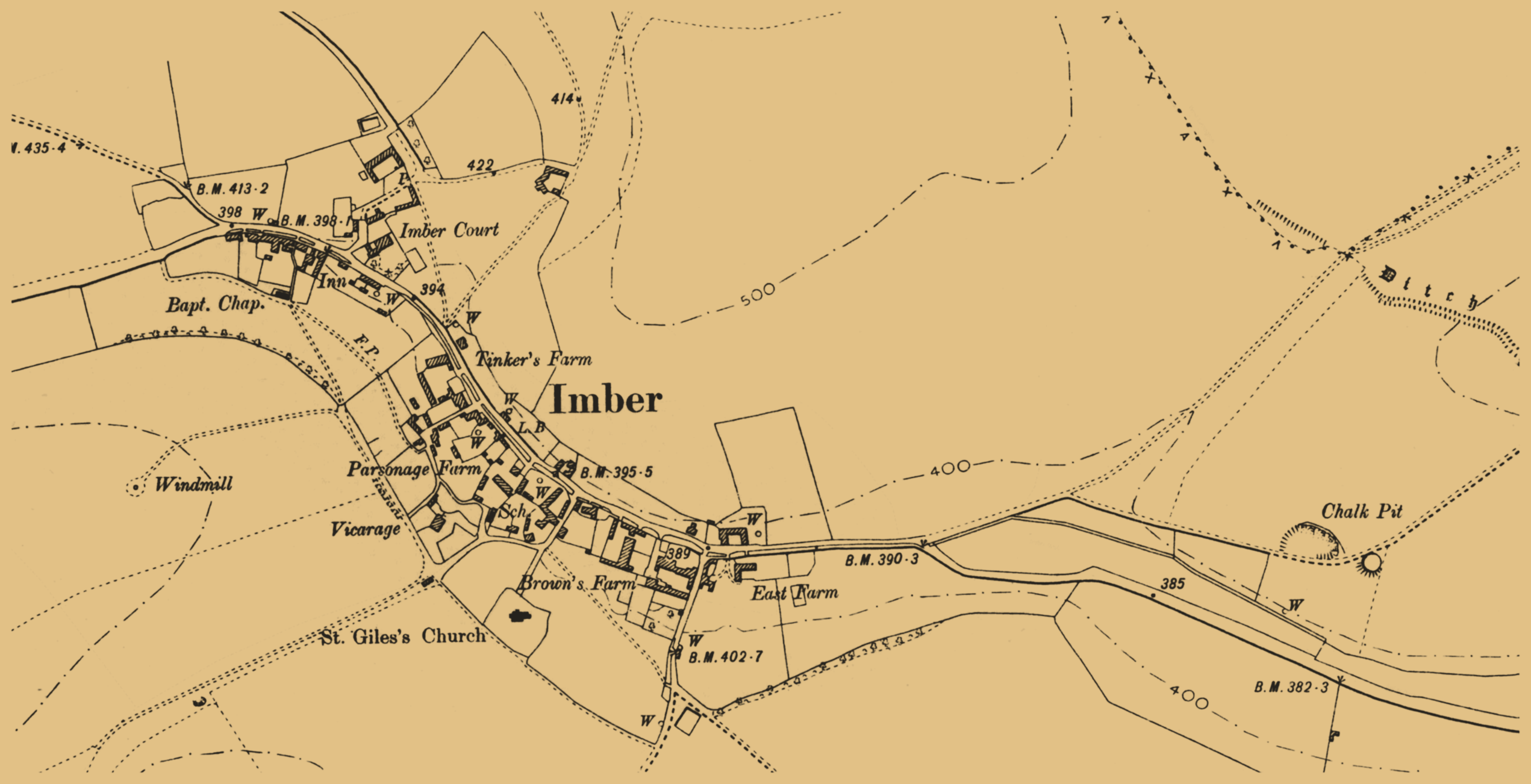|
Imber Friendly Fire Incident
The Imber friendly fire incident took place on 13 April 1942 at Imber in the English county of Wiltshire during the Second World War. One of the Royal Air Force fighter aircraft taking part in a firepower demonstration accidentally opened fire on a crowd of spectators, killing 25 and wounding 71. Pilot error and bad weather were blamed for the incident. Incident On 13 April 1942, the weather was hazy, and six Royal Air Force (RAF) Hawker Hurricanes from No. 175 Squadron RAF and six Supermarine Spitfires from No. 234 Squadron RAF were being used for a demonstration of tactical airpower at Imber, a British Army training ground on Salisbury Plain in Wiltshire. The event was a dress rehearsal for an upcoming visit by Winston Churchill Sir Winston Leonard Spencer Churchill (30 November 187424 January 1965) was a British statesman, soldier, and writer who served as Prime Minister of the United Kingdom twice, from 1940 to 1945 Winston Churchill in the Second Wor ... [...More Info...] [...Related Items...] OR: [Wikipedia] [Google] [Baidu] |
Imber
Imber is an uninhabited village within the British Army's training area on Salisbury Plain, Wiltshire, England. It lies in an isolated area of the Plain, about west of the A360 road between Tilshead and West Lavington. A linear village, its main street follows the course of a stream. Recorded in the Domesday Book of 1086, Imber was always an isolated community, several miles from any market town, and most of its men worked in agriculture or related trades. Beginning in the 1890s, the Ministry of Defence slowly bought up the village, and in 1943 the whole population of about 150 was evicted to provide an exercise area for American troops preparing for the invasion of Europe during the Second World War. After the war, the villagers were not allowed to return to their homes. The area of the former parish, which is now part of the civil parish of Heytesbury, remains under the control of the Ministry of Defence despite several attempts by former residents to return. Non-militar ... [...More Info...] [...Related Items...] OR: [Wikipedia] [Google] [Baidu] |
Home Guard (United Kingdom)
The Home Guard (initially Local Defence Volunteers or LDV) was an armed citizen militia supporting the British Army during the Second World War. Operational from 1940 to 1944, the Home Guard had 1.5 million local volunteers otherwise ineligible for military service, such as those who were too young or too old to join the regular armed services (regular military service was restricted to those aged 18 to 41) and those in reserved occupations. Excluding those already in the armed services, the civilian police or civil defence, approximately one in five men were volunteers. Their role was to act as a secondary defence force in case of invasion by the forces of Nazi Germany. The Home Guard were to try to slow down the advance of the enemy even by a few hours to give the regular troops time to regroup. They were also to defend key communication points and factories in rear areas against possible capture by paratroops or fifth columnists. A key purpose was to maintain control of the c ... [...More Info...] [...Related Items...] OR: [Wikipedia] [Google] [Baidu] |
Disasters In Wiltshire
A disaster is a serious problem occurring over a short or long period of time that causes widespread human, material, economic or environmental loss which exceeds the ability of the affected community or society to cope using its own resources. Disasters are routinely divided into either "natural disasters" caused by natural hazards or "human-instigated disasters" caused from anthropogenic hazards. However, in modern times, the divide between natural, human-made and human-accelerated disasters is difficult to draw. Examples of natural hazards include avalanches, flooding, cold waves and heat waves, droughts, earthquakes, cyclones, landslides, lightning, tsunamis, volcanic activity, wildfires, and winter precipitation. Examples of anthropogenic hazards include criminality, civil disorder, terrorism, war, industrial hazards, engineering hazards, power outages, fire, hazards caused by transportation, and environmental hazards. Developing countries suffer the ... [...More Info...] [...Related Items...] OR: [Wikipedia] [Google] [Baidu] |
April 1942 Events In The United Kingdom
April is the fourth month of the year in the Gregorian and Julian calendars. It is the first of four months to have a length of 30 days, and the second of five months to have a length of less than 31 days. April is commonly associated with the season of autumn in parts of the Southern Hemisphere, and spring in parts of the Northern Hemisphere, where it is the seasonal equivalent to October in the Southern Hemisphere and vice versa. History The Romans gave this month the Latin name ''Aprilis''"April" in ''Chambers's Encyclopædia''. London: George Newnes, 1961, Vol. 1, p. 497. but the derivation of this name is uncertain. The traditional etymology is from the verb ''aperire'', "to open", in allusion to its being the season when trees and flowers begin to "open", which is supported by comparison with the modern Greek use of άνοιξη (''ánixi'') (opening) for spring. Since some of the Roman months were named in honor of divinities, and as April was sacr ... [...More Info...] [...Related Items...] OR: [Wikipedia] [Google] [Baidu] |


_after_a_Church_Parade_at_Llandyssil_Parish_Church_(1501745)2.jpg)

